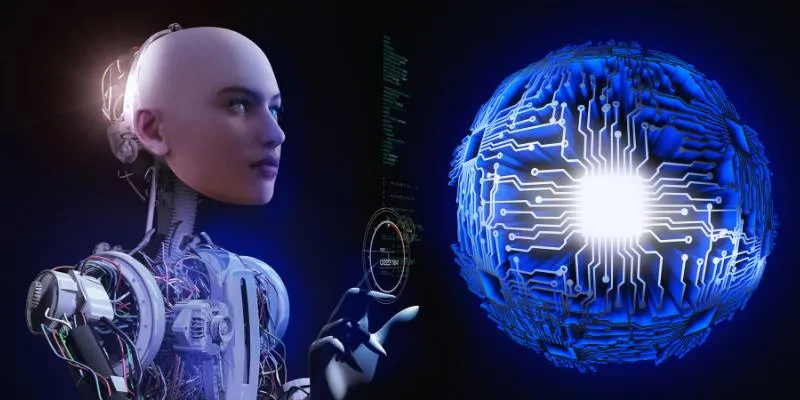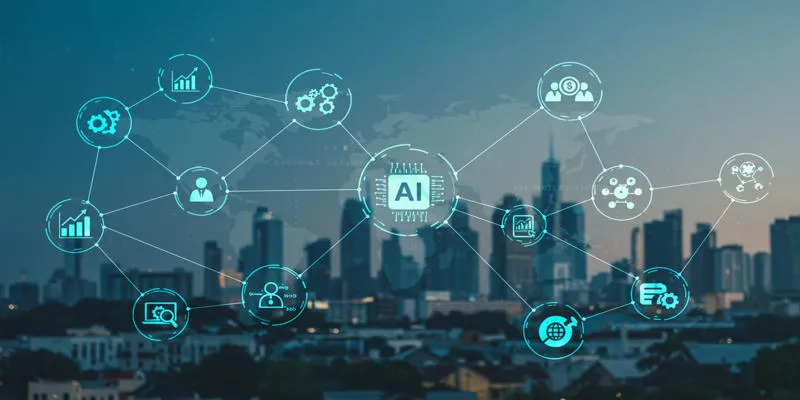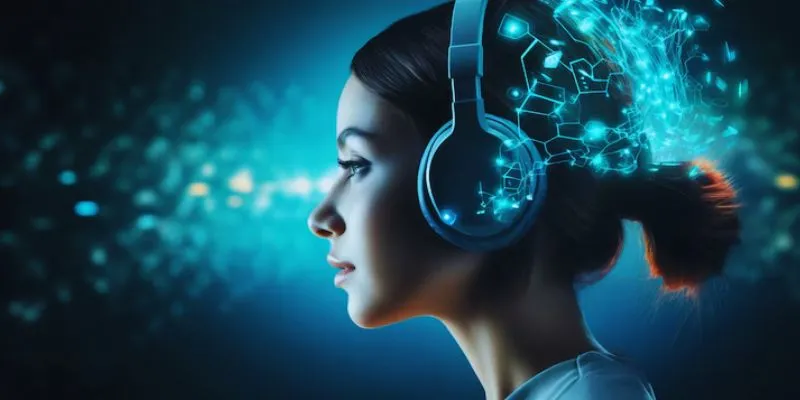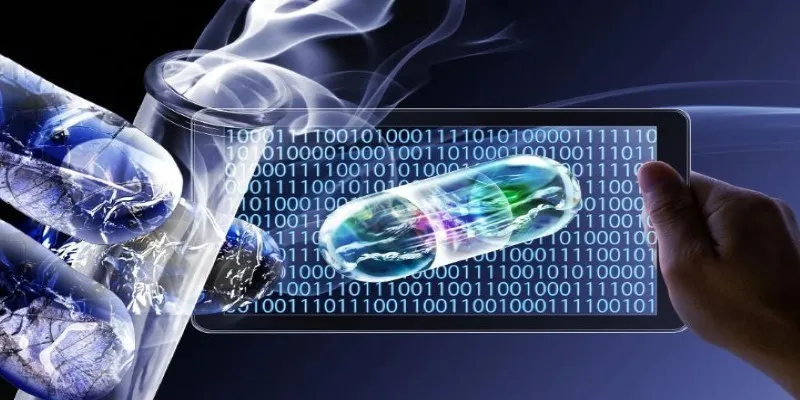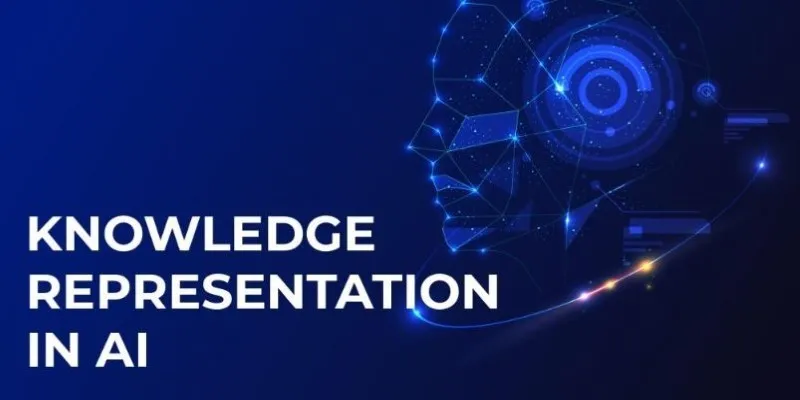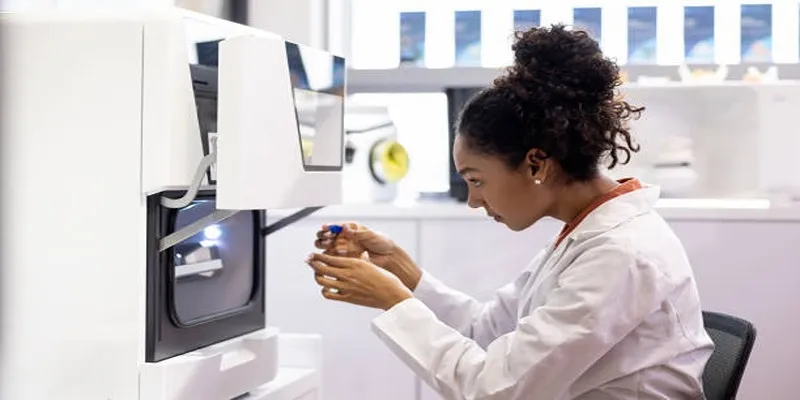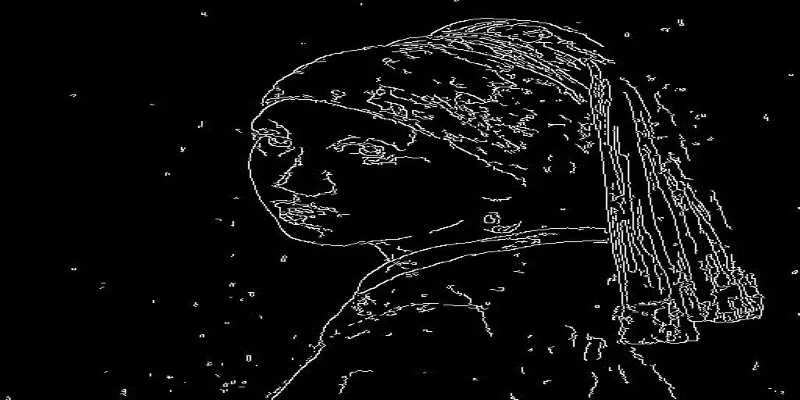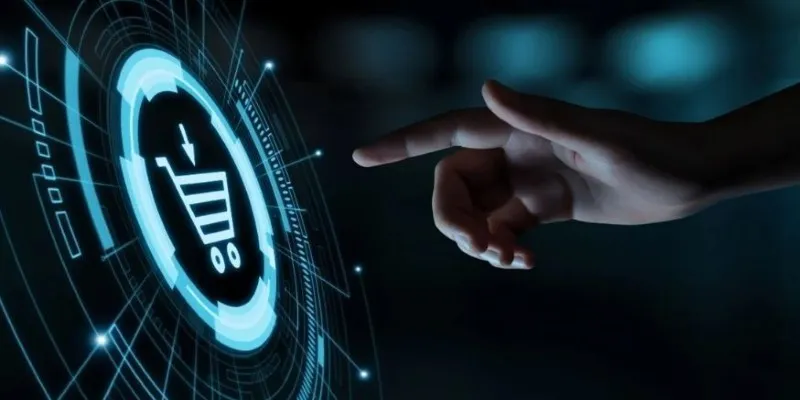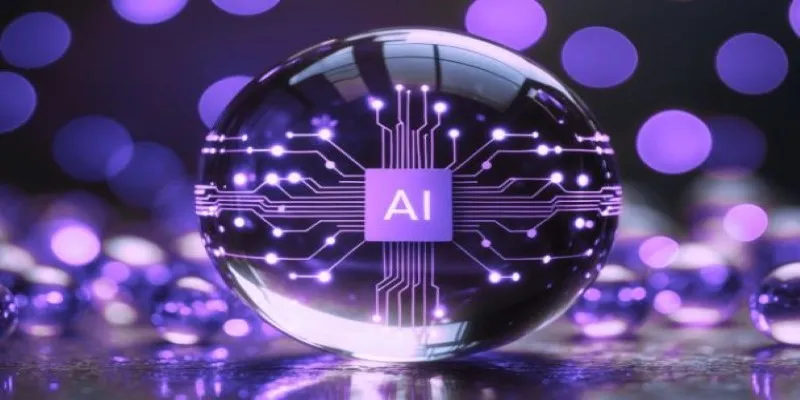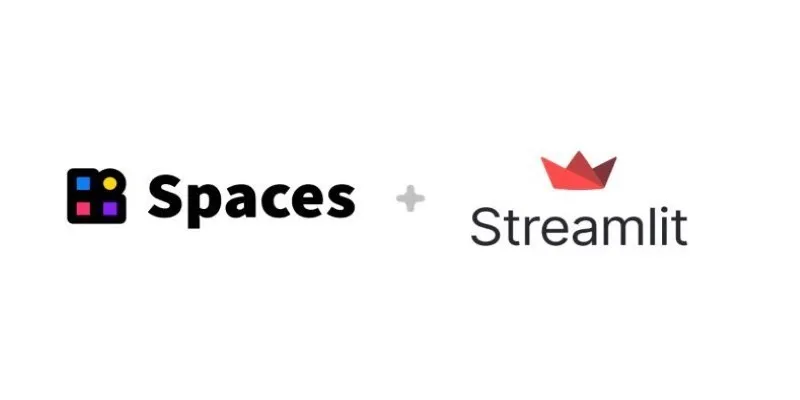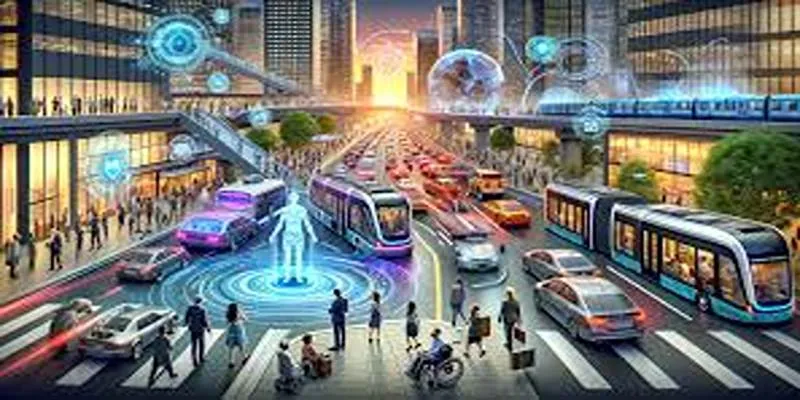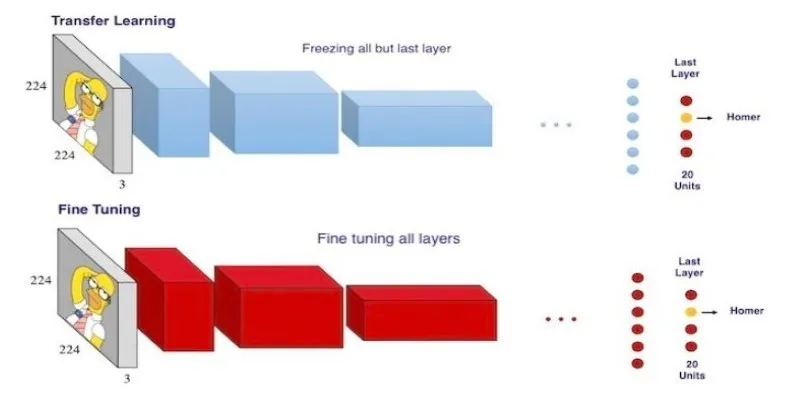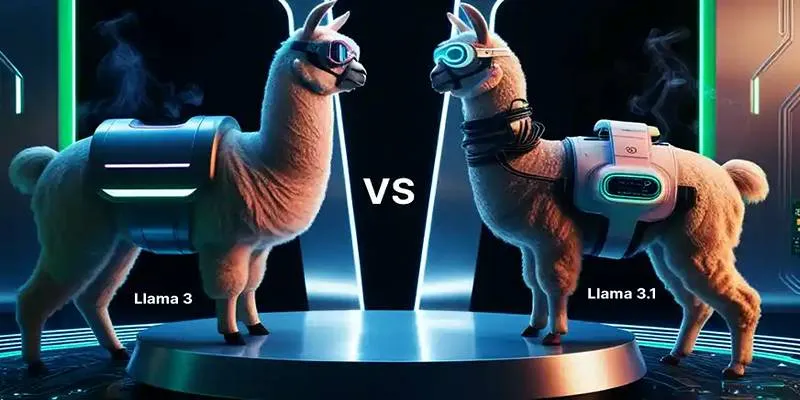As technology evolves at a lightning pace, many are left pondering: Will AI replace graphic designers? With the rapid advancement of artificial intelligence, tools capable of crafting designs are becoming increasingly sophisticated. AI can now assist in everything from generating logos to automating layouts, sparking concerns that designers might soon become obsolete.
However, the reality is more nuanced. While AI is efficient and innovative, it lacks the emotional depth, creativity, and understanding that human designers bring to the table. In this article, we will explore whether AI can truly replace designers or if they are here to stay.
The Role of AI in Graphic Design
Artificial intelligence has made significant strides over the past few years, and its influence is evident across various fields, including graphic design. AI is already being used in numerous domains to simplify processes and streamline tasks. AI-powered tools can create logos, automate layout designs, and even suggest color combinations, providing valuable assistance to designers looking to optimize their workflow.
One of the leading AI products in the field of design is Adobe’s Sensei. This AI-driven platform assists designers by automating repetitive tasks, making design suggestions, and enhancing the overall design process. Platforms like Canva and Fotor also enable users to create designs effortlessly using AI- driven templates, even for those without a design background.
While AI can aid significantly in graphic design, it sometimes falls short, relying heavily on data and algorithms. These tools analyze trends from previous works to understand patterns and preferences for generating new designs. However, they lack the creative intuition that humans inherently possess. This “sense” is an essential part of the design process that AI cannot replicate.
Limitations of AI in Graphic Design
Despite AI’s ability to handle repetitive tasks and facilitate automated design processes, it has several limitations that prevent it from fully replacing graphic designers. Firstly, AI cannot perceive the underlying context of a design. Graphic design is not just about aesthetics; it’s about conveying a message, evoking emotions, and understanding the client’s or audience’s needs. While AI can generate designs based on input and current trends, it often misses the subtle nuances that make a design powerful.
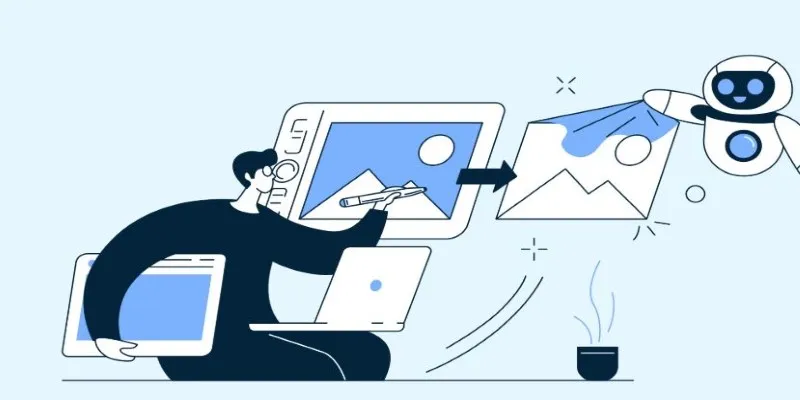
Another significant limitation is AI’s lack of emotional intelligence. Graphic design frequently involves collaboration, feedback, and iteration, requiring designers to attune themselves to their clients’ emotions and vision. AI cannot engage in this type of dialogue or comprehend the emotional undertones of a project in the same way a human designer can.
Moreover, AI struggles with innovation and boundary-pushing. While AI can create designs based on existing patterns and data, it cannot conceptualize something entirely new or break the mold like a human designer might. True innovation demands creativity and original thought, areas where AI has yet to excel.
The Human Touch in Design
Although AI has undoubtedly transformed the design landscape, the importance of human creativity cannot be overstated. Graphic designers are more than mere technicians; they are artists, problem-solvers, and communicators. A designer’s work goes beyond aesthetics; it involves understanding the message behind a design and ensuring it resonates with the target audience. This is where human expertise shines.
For instance, a graphic designer can take the time to understand a client’s brand, vision, and values, crafting a design that aligns with those principles. This level of personalization and understanding is something AI, at least in its current form, cannot replicate. Designers infuse their work with creativity, cultural awareness, and empathy, creating designs that feel authentic and meaningful.
Furthermore, the design process often requires collaboration with other creatives, such as writers, marketers, and business owners. AI cannot engage in these collaborative processes in the same way humans can, as it cannot grasp the intricacies of human relationships or the dynamics of creative teams.
Will AI Replace Graphic Designers?
At present, it seems unlikely that AI will completely replace graphic designers. While AI is undoubtedly a valuable tool that can help designers streamline their work and automate repetitive tasks, it cannot replace the creativity, emotional intelligence, and innovation that human designers bring to the table.
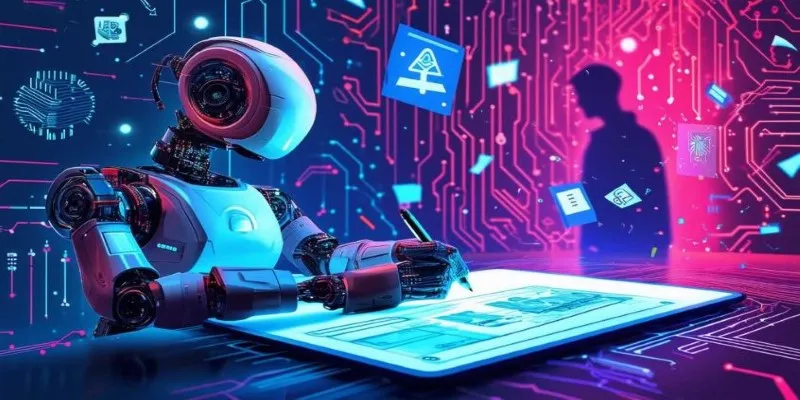
AI can complement graphic designers by handling mundane tasks, allowing them to focus on the more creative aspects of their work. Many designers are already using AI-powered tools to enhance their workflows, speeding up design processes without sacrificing creativity. By combining AI’s strengths with their skills and expertise, graphic designers can elevate their work, embracing technology’s potential while retaining their unique creative touch.
Additionally, as the demand for personalized and high-quality designs continues to grow, the need for skilled graphic designers will likely remain strong. Businesses will continue to seek designers who can craft bespoke solutions that speak to their target audience and effectively communicate their brand message.
Conclusion
While AI is transforming graphic design by streamlining tasks and enhancing efficiency, it’s unlikely to fully replace human designers. The creativity, emotional intelligence, and personal touch that designers bring to their work are irreplaceable. Instead of taking over, AI is more likely to serve as a valuable tool that complements designers, enabling them to focus on more creative and strategic aspects of their craft. The future of graphic design will likely involve a collaboration between AI and human talent.
 zfn9
zfn9



